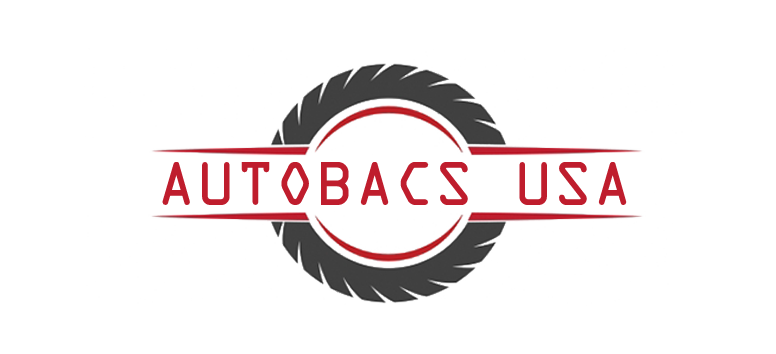What Are Fuel Hoses Made Of?

Fuel hoses are essential to fuel handling equipment that delivers fuel from one location to another in engines, vehicles, and machinery. Without them, gasoline and other fuel forms wouldn’t be able to reach their destinations. But what exactly are fuel hoses made of? In this article, we explore the materials that go into the construction of fuel hoses and how to choose the right one for your needs.
What Materials Are Used to Make Fuel Hoses?
Fuel hoses are usually made from a combination of materials, such as synthetic rubber, polyurethane, PVC, or even metal. The outermost layers are typically made from a combination of rubber and PVC, as this provides the best balance of flexibility and strength. The material used will depend on the specific application, but there are some common materials that are used in fuel hoses.
For example, neoprene is a synthetic rubber material that’s resistant to gasoline and other petroleum-based fuels. This makes it an excellent choice for fuel hoses, as it can withstand exposure to these substances without degrading. Neoprene is also resistant to ozone and UV radiation, which makes it an ideal choice for outdoor use.
Another common material that’s used in fuel hoses is polyurethane. This material is incredibly strong, lightweight, and resistant to abrasion. It also has excellent chemical resistance, so it can handle exposure to petroleum-based fuels and other chemicals without degrading.
In some cases, metal hoses are used in fuel handling systems. Metal hoses are typically made from stainless steel, as this material is resistant to corrosion and can withstand extreme temperatures. Metal hoses are usually more expensive than rubber and PVC hoses, but they provide superior strength and durability.
How to Choose the Right Fuel Hose?
Choosing the right fuel hose for your needs can be a bit of a challenge. It’s important to consider factors such as the material of the hose, its temperature range, and its overall flexibility. It’s also important to ensure that the hose you choose is compatible with your fuel type and any other chemicals that may be present.
For example, if you’re using a fuel hose to transport diesel, you’ll want to make sure that the hose is rated for use with diesel. And if you’re using a fuel hose to transport gasoline, you’ll want to make sure that it can handle exposure to gasoline without degrading.
You also want to make sure that the fuel hose you choose is long enough to reach its destination. In addition, it’s important to make sure that the hose is strong enough to handle any potential pressure or temperature changes without rupturing or leaking.
Finally, you want to make sure that the fuel hose you choose is compatible with any fittings or connectors that may be required. It’s important to make sure that the hose can connect to these components securely and without leaks.
Wrapping Up
We hope this article has helped you to understand the materials used in fuel hoses and how to choose the right one for your needs. And follow the advice above, you can be sure that you’re getting the most out of your fuel hoses while keeping them safe and reliable. Thanks for reading.

